Beer & Book Club | The Work of H.G. Wells
This installment of Beer & Book Club takes us to England, turn of the 20th century, where we immerse ourselves in three of H.G. Wells’ most recognized works: The War of the Worlds, The Island of Doctor Moreau, and The Time Machine. To complement the discussion, we’ll indulge ourselves with a fine specimen of a milk stout, Young’s Double Chocolate Stout.
The Beer
ABV: 5.2% | IBU: 25
Because we’re covering three (albeit shorter) books today, we’ll get the beer flowing right up front. I chose Young’s Double Chocolate Stout for a few reasons. One, it, like Wells, is English. Two, the brewer/pub chain (Young’s), which opened its doors in 1831, was probably visited by H.G. Wells at some point. Three, the awesome pun of Wells & Young’s (Young’s became Wells & Young’s in 2006). Finally, and most importantly, it’s a delicious beer.
I doubt if Double Chocolate was a thing back in nineteenth-century England, but let’s assume it was and lament the fact we can’t try it. Today’s version pours smooth and black as moonless night, with a rich, tan head that melts away leaving the sweet scent of cocoa and toasted malt. It goes down creamy, with a medium body, and forward chocolate flavor well-balanced by the roastiness of the malt

The Books
SPOILER ALERT: If it’s possible to spoil century-old stories, consider yourself warned.
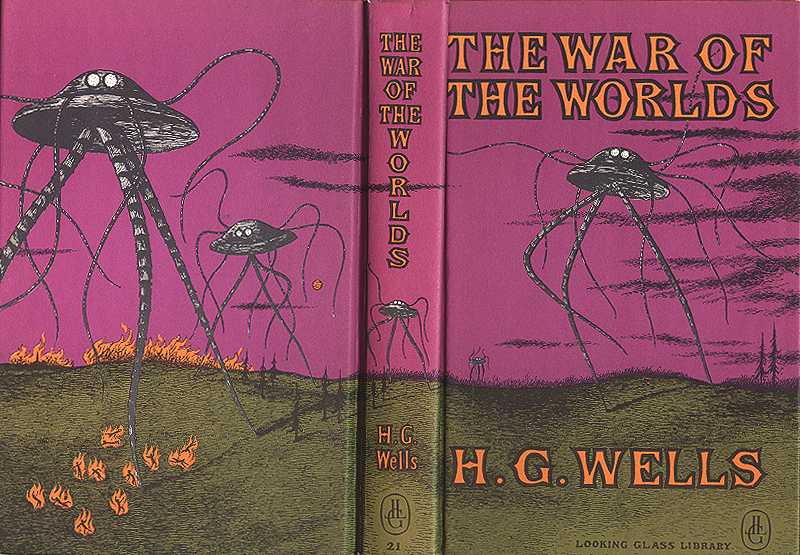
The War of the Worlds
The plot consists of a first-person retelling of aliens landing all around London and proceeding to conquer. Some weeks later, they suddenly and unexpectedly fall down dead, victims of an unsatisfying deus ex machina: germs.
I’m aware the original radio broadcast of The War of the Worlds caused quite a stir, but I must confess the book left me almost bored. Not being a native of the area, I had no appreciation for what was going on besides malicious aliens. I also felt like I never got to know the characters because literally everyone was in crisis mode until the very end. Even so, it had its high points, namely the very human reactions to the events at hand. Where some (few) remained calm and collected, others (most) succumbed to chaos. It was exciting to read.
Lastly, I don’t say this often, but I’m inclined to recommend the movie over the book. Sure, the movie takes liberties, but it invigorates the experience without sullying the core of the story too much. Still, I’m happy to have read it, especially considering it’s part of the bedrock of science fiction.
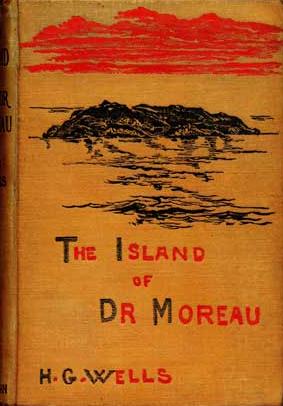
The Island Of Doctor Moreau
Where The War of the Worlds is spacey and out-of-this-world, The Island of Doctor Moreau is gritty and down-to-earth. It explores the boundaries between man and beast, literally and figuratively.
It follows Prendick, the narrator and protagonist, as he’s marooned on an island populated by suspiciously human-like creatures. After a series of jarring experiences, Prendick learns these creatures have been vivisected and surgically altered to be more human, both in appearance and behavior, thanks to the titular Doctor Moreau. Ultimately, the doctor’s successes are undone by his failures.
I was enthralled by this story. From beginning to end, there is an uneasiness that never lets up. It was startling enough to make me want to keep reading, but subdued enough that it was never off-putting. All in all, great read. As for the movie, I’ve never seen it. It was not reviewed well, so maybe best to stay away from that one.
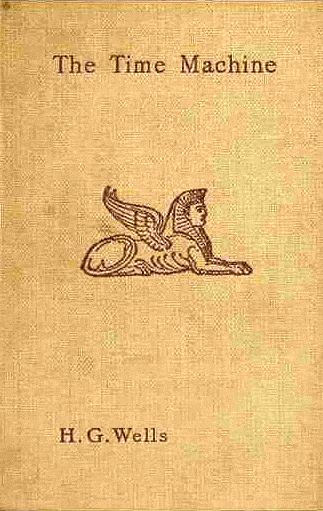
The Time Machine
Of the three books here, I enjoyed this one the most, for its rapid pace and compelling subject matter.
In short, an inventor gathers his friends and colleagues to tell them he has discovered the means to time travel. They are, of course, skeptical, but the following week, haggard and shoe-less, he shares with them what happened when he did it. We follow the traveler into the distant future where a rift in humanity has created two species, one that lives easy lives in the grass and sun, and another that skulks in the dark, scavenging for food. Later, he goes to the actual end of the earth, which is as fascinating as it is bleak. Eventually, he gets back home in time to tell his colleagues what happened. Despite their rapt attention to his story, they go away unsatisfied, some even upset.
I wasn’t upset. I was intrigued, by the theory, by the execution, by the imagination. So much so that I finished it in two sittings and highly recommend it.
Wrap-up
I now understand the fuss about H.G. Wells. His stories are compelling, focused, and prescient. It’s easy to see his influence over science fiction throughout history. If you haven’t read them, you can download them all for free from Project Gutenberg to your smartphone, tablet, kindle, computer, et cetera. Then pair them with a Young’s Double Chocolate Stout to make the evening’s read a real treat.


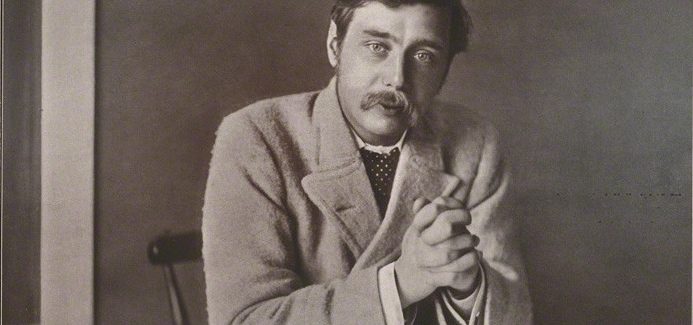

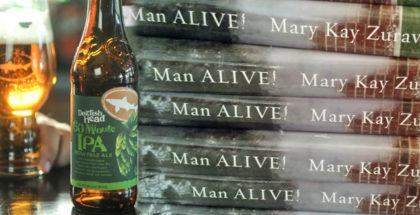

Submit a Comment